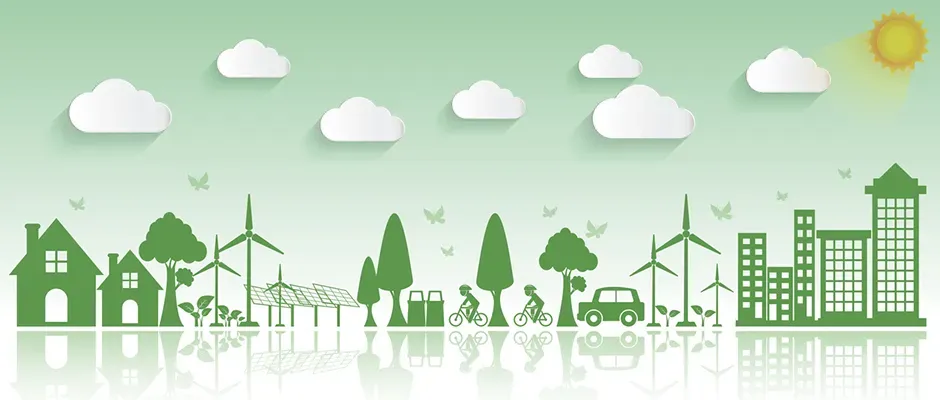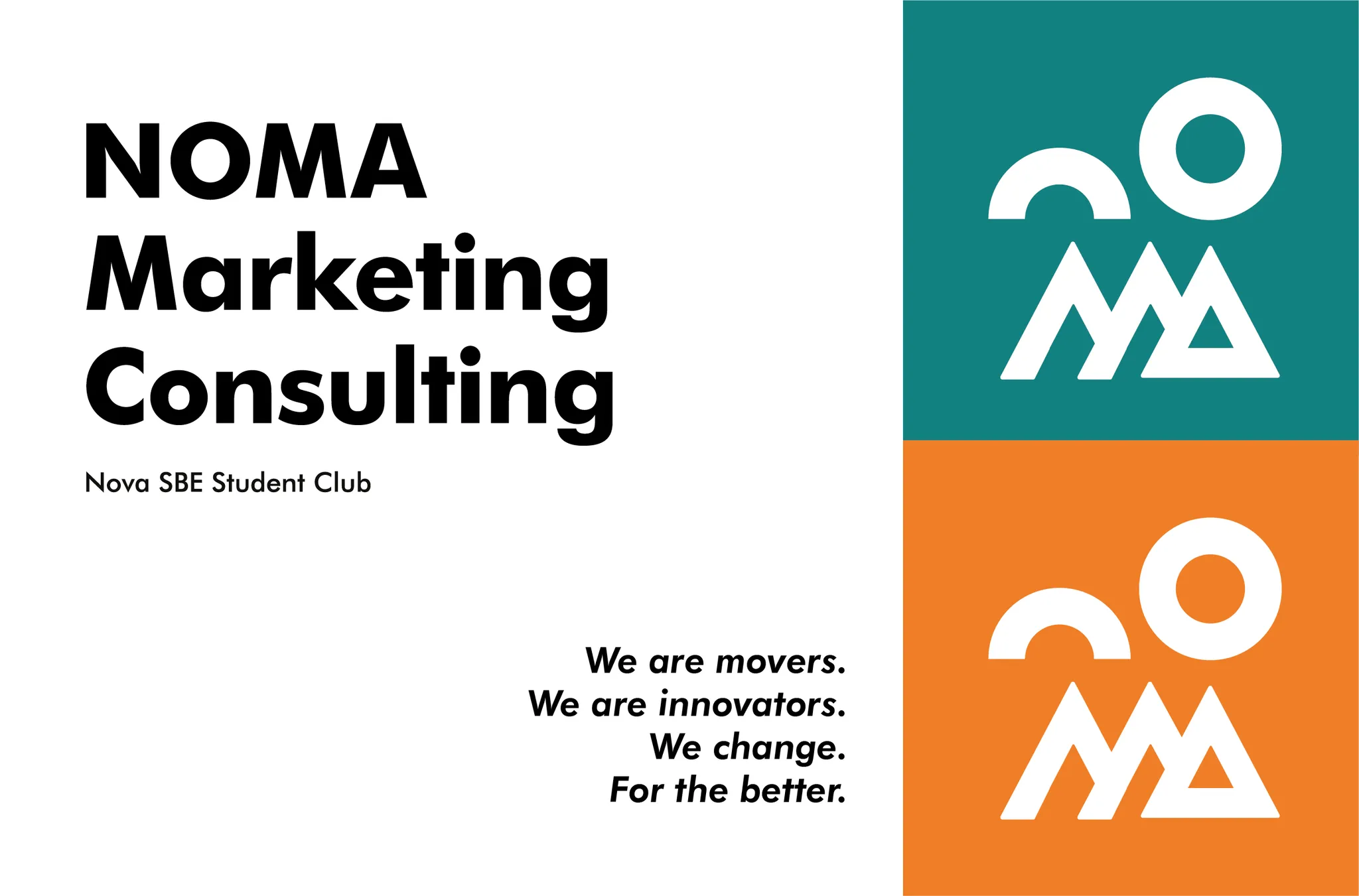
By
Vera Pessoa Jorge
Member of Marketing Wave Team
Marketing Consultant
Burnout. Not just talk, serious.
Burnout. The mystical concept of the every-day life. In its primary definition, burnout is characterized as a “state of emotional, mental, and often physical exhaustion brought on by prolonged or repeated stress”, but for the ones that have actually reached this point, this definition may feel like an understatement. It is not just talk, it is a serious syndrome that has been affecting more and more people.
So what are the sources of burnout?
The root causes of burnout are immense, they can be, for example, work-related, lifestyle or even personality traits that are highly correlated with levels of burnout.
It can be said that work-related indicators, such as work overload, stress, work culture, work-life conflict and also the passion characterized as obsessive, are the ones that contribute most to burnout, within the work life.
For students, the process is relatively similar, as the pressures are on, there is much studying to do, the workload can sometimes be unsustainable, and, in fact, the rates of burnout have been increasing, affecting sometimes almost a quarter of the students of a given degree. These levels are disturbing, and something must be done to correct this, but first, it is important to understand the actual consequences of having this syndrome.
And the effects?
The effects should not be overlooked and ignored, on the contrary!
The Burnout syndrome can actually lead to issues in all aspects of life: physical, personal, professional and mental health. Specifically, it can lead to increased likelihood for diseases, such as heart diseases, diabetes, depression, anxiety and so on.
What can be done?
A lot can be done within two main pillars of action – prevention and treatment.
From a preventive point of view, people can begin by identifying their stressors and try to enhance the situations in which they are present bit by bit.
It is also highly relevant to create boundaries between work and other life aspects, so that balance can be ultimately achieved, and possibly decrease the exhaustion in the personal and family life.
The practice of exercise, self-care (including a healthy diet!), and performing creative activities can be preventive and reactive, depending on their purpose and when you start practicing. Independently of the situation, these activities are extremely important, as they can help restore the balance in everyday life: when preventive, they can act as protectors of future stressful situations, creating an internal coping mechanism; when reactive, on the other hand, they can help cope with existing stressful situations.
Other reactive measures can be taken, such as professional help, medicine, etc.
It is still relevant to highlight that these measures can be both taken by the individual or the companies, universities and institutions. When taken by the previously mentioned, these must be adapted for the work environment and the necessary actions should be identified to provide the best work culture and decrease the likelihood of chronic stress happening, and burnout.
What does Covid have to do with it?
Well, a lot can be said in what regards the relationship between the current pandemic situation we have been living in and the levels of stress, burnout, etc.
At a primary glance, it seems only reasonable that healthcare professionals are the workers that have been most affected by the current situation, as their stress levels have exponentially increased, leading to more and more probability of reaching a burnout level. This is especially true, as they have had extreme demands at work, together with low resources and tough decisions to make.
Other workers have also had a severe change in their lives, as work went remote, and many people have children to take care of, among other responsibilities. As the line between work and personal life has become increasingly blurred and it has become increasingly hard to perform activities that help reduce the burden of stressful activities, burnout levels have increased overall.
This considerable increase in levels of exhaustion and burnout is of great concern, as this might lead to overall dissatisfaction, decrease in productivity levels, anxiety, depression and many other health complications to the overall population. Measures have to be taken, at individual, as well as institutional level, to restore the balance in people’s lives.
References:
Yang, S. (2021, February). thethirty. From https://thethirty.whowhatwear.com/how-to-treat-burnout/slide14
Smith, M. (2020, October). helpguide. From https://www.helpguide.org/articles/stress/burnout-prevention-and-recovery.htm
Atalayin, C. (2015, September). ncbi. From https://www.ncbi.nlm.nih.gov/pmc/articles/PMC4569986/
Shankland, R. (2019, July). researchgate. From https://www.researchgate.net/publication/328874973_Burnout_in_university_students_the_mediating_role_of_sense_of_coherence_on_the_relationship_between_daily_hassles_and_burnout
Portoghese, I. (2018). Frontiers in Psychology. From frontiersin.org/articles/10.3389/fpsyg.2018.02105/full
Chang, E. (2012, May). researchgate. From https://www.researchgate.net/publication/228103708_Survey_of_the_Prevalence_of_Burnout_Stress_Depression_and_the_Use_of_Supports_by_Medical_Students_at_One_School





